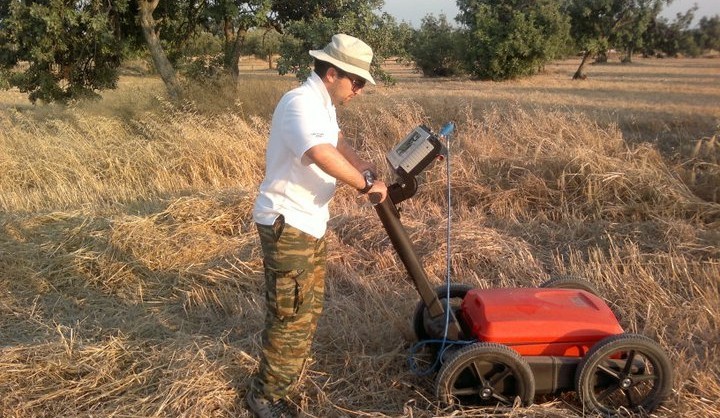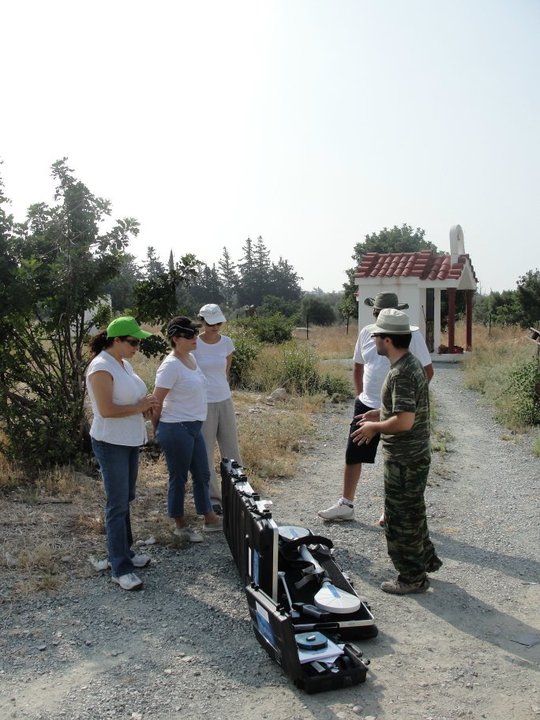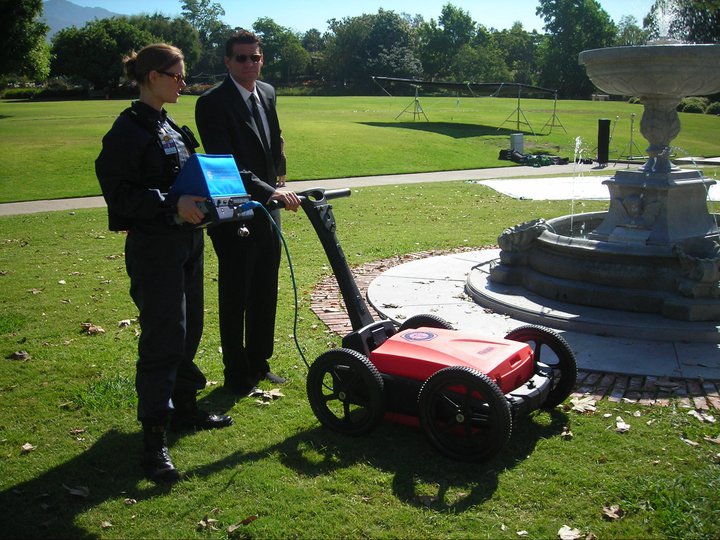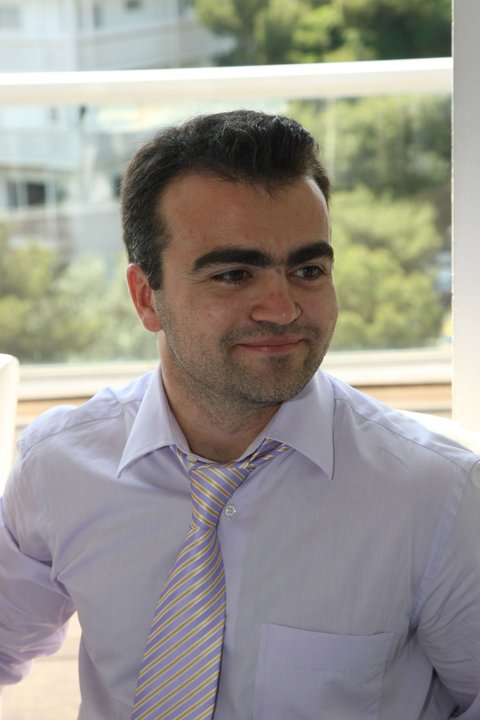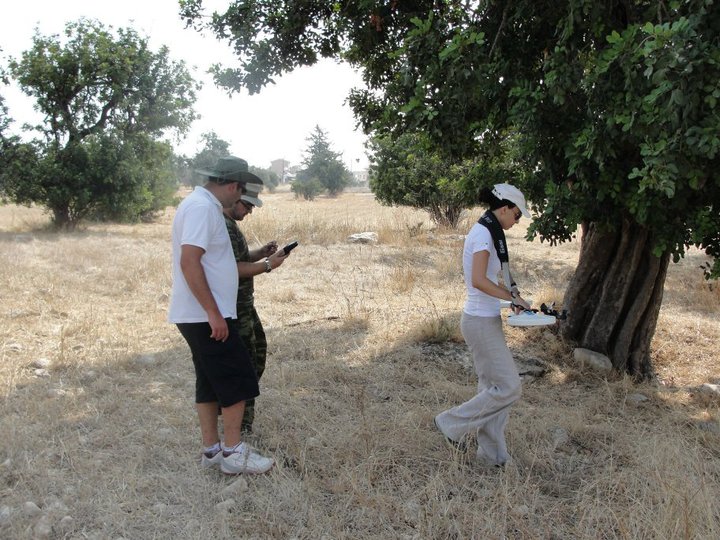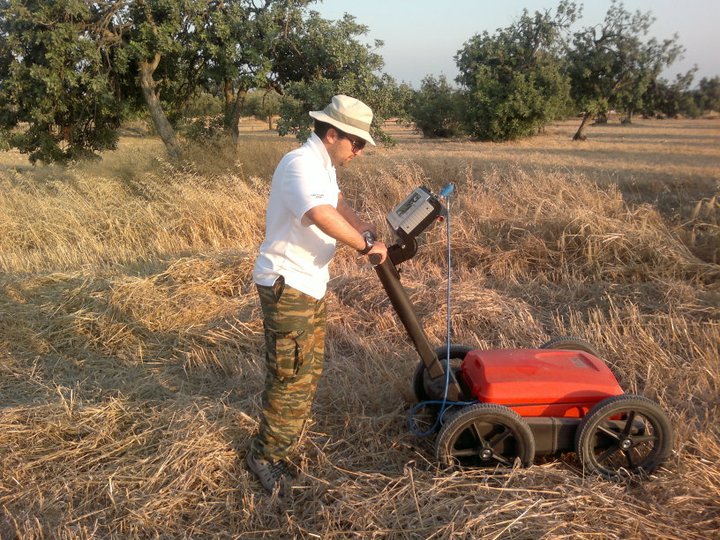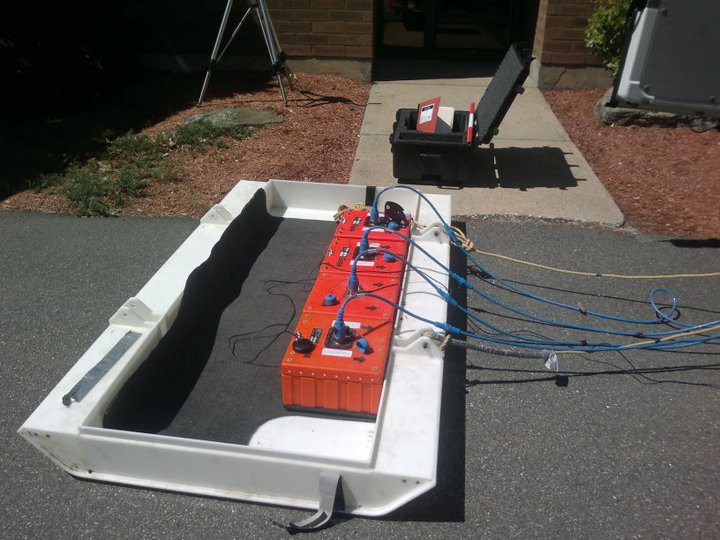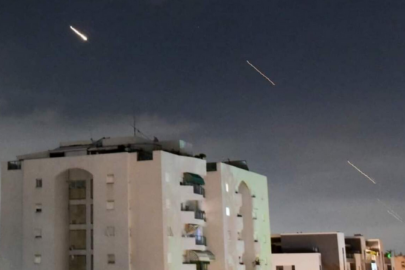By Dr. Michael Arvanitis
Geophysical Survey Systems, Inc. (GSSI) is the world’s leading manufacturer of ground penetrating radar (GPR) equipment. With cutting-edge products designed to address a wide range of challenging applications, the GSSI name is synonymous with unsurpassed data quality and field-proven reliability.
GSSI introduced the first commercial ground penetrating radar system in 1974. For nearly 40 years, GSSI has led with a series of “firsts” including the first digital storage GPR system, the first commercially available GPR data post-processing software package and the first GPR system designed specifically to produce high resolution images in scanned concrete.
Today, GSSI offers the industry’s broadest range of ground penetrating radar solutions – covering a range of applications from archaeology, geology and environmental, utility detection, concrete inspection and bridge and road condition assessment.
One of the most interesting, and with highly “humanitarian” impact is the Lifelocator. The LifeLocator is internationally accepted as the standard in rescue and recovery when disasters like earthquakes, floods, explosions or similar occurrences result in victims trapped under debris piles, both natural and man-made debris as a result of structural collapses.
Ultra wideband (UWB) signals have been used for decades in geophysical applications. When UWB signals are used in geophysical instruments, the sensor is moved in order to detect and map underground objects. When used in GSSI’s LifeLocator®, the sensor is stationary to detect motion and breathing characteristics.
Geophysical instruments are moved across a surface and transmit very short bursts of electromagnetic energy into the ground. Reflections from buried objects are received at another antenna. This technology can detect targets such as plastic pipes and voids underground, and inside walls and floors. Any change in dielectric property of materials will cause a reflection. Reflections from targets will arrive at different times depending on their distance from the antenna (and will also vary depending on the type of material through which the signal passes).
Who is Dr. Michael Arvanitis?
He is the EMEA sales manager of GSSI, the world leader in Ground Penetrating Radar (GPR). His background is in geophysics (PhD, University of Patras, Greece) and mathematics (BSc, University of Athens, Greece). Dr. Arvanitis also holds an Executive Certificate in Strategy and Innovation from the Massachusetts Institute of Technology in the USA. He first became interested in the geosciences after reading a paper on seismic tomography and thought that this was an area he wanted to pursue.

